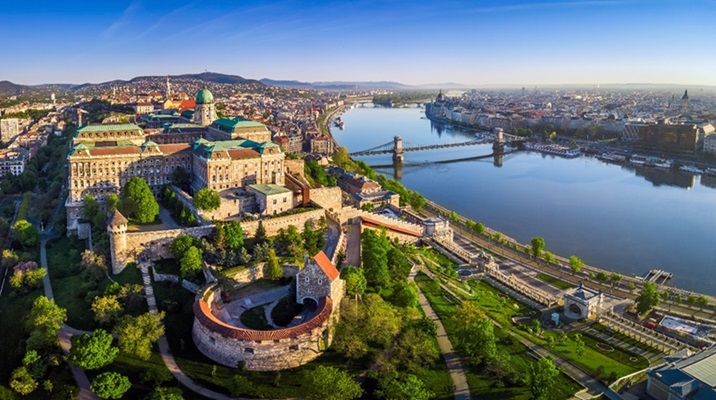When Hungarians were first introduced to coffee, often referred to as “black soup,” during the Ottoman rule, their reaction was far from enthusiastic. Yet, the course of history took an intriguing turn when Balázs “Coffee Maker,” a Rác merchant, introduced the first-known coffee house in the early 1700s. Fast forward two centuries, and Budapest, a united city, had earned the moniker of a “coffee city.” These coffee houses weren’t just places for caffeine indulgence; they were the epicenters of social life and intellectual exchanges. Notably, the Revolution of 1848 had its roots in a Budapest café, and the legendary magazine Nyugat was conceived within these vibrant spaces. By the turn of the 19th to 20th centuries, there were about 500 cafés throughout the city. Sadly, post-World War II, café culture began to wane, with many venues that were once frequented by the middle class shuttering their doors.
Nevertheless, in recent years, many historic cafés have experienced a remarkable revival, evoking the spirit of Budapest’s rich coffee culture. While an entire book couldn’t do justice to all the legendary establishments, we’re excited to introduce you to some of the most important ones that have been lovingly restored to their former glory.
Gerbeaud
Located in Vörösmarty tér, Gerbeaud Café was founded by Henrik Kugler in 1858 and later taken over by Emil Gerbeaud. This opulent café, blending the best of a confectionery and a café, operated under the name “Vörösmarty” from 1948 to 1984. However, it has now been rightfully restored to its original name, Gerbeaud, and consistently ranks highly on prestigious international café lists, proudly representing Hungarian café culture.
Centrál
Founded in 1887, Centrál Café holds a special place in Hungarian literary history. It was within these walls that Nyugat, a highly influential newspaper in Hungarian literature and public life, was established in 1908. This café was a favorite haunt of the greatest artists of its time, including Frigyes Karinthy, Géza Gárdonyi, Kálmán Mikszáth, Gyula Krúdy, Dezső Kosztolányi, Zsigmond Móricz, Géza Csáth, and Lőrinc Szabó. Unfortunately, it fell victim to changing times and was closed in 1949. However, in 2000, it regained its former splendor, reopening as a café, and is once again a vibrant hub of cultural life.
New York
The New York Café, founded in 1894, has maintained its legendary status throughout the years. During its “golden age” in the early 20th century, it hosted the editorial staff of Pesti Napló, Nyugat, and Est-lapok, along with notable patrons like Josephine Baker, Thomas Mann, and Maurice Ravel. Though it continued to operate as a café after World War II, it wasn’t until 2006 that it was fully restored to its original opulence.
Művész (Artist) Café
Located in the former Szenes Palace, the café, initially named Little-Gerbeaud, later became the Művész Café. As the name suggests, it remains a cherished place within the artistic world. In its heyday, luminaries like Iván Mándy and János Pilinszky frequented the café. Today, it continues to attract the stars of Budapest’s vibrant theater scene.
Hadik
Buda, too, had its share of legendary cafés, and the Hadik, established in 1906 but gaining its true fame in the 1920s, was known not just for its coffee but for its distinguished clientele, including Zsigmond Móricz, Dezső Kosztolányi, Frigyes Karinthy, and Milán Füst. In 2010, the Hadik Café was revived, welcoming visitors to experience a taste of its rich history.
These iconic cafés serve as living testaments to Budapest’s enduring love affair with coffee and culture. Today, they continue to offer a warm embrace to locals and visitors alike, rekindling the spirit of the city’s vibrant café culture that has transcended generations.




